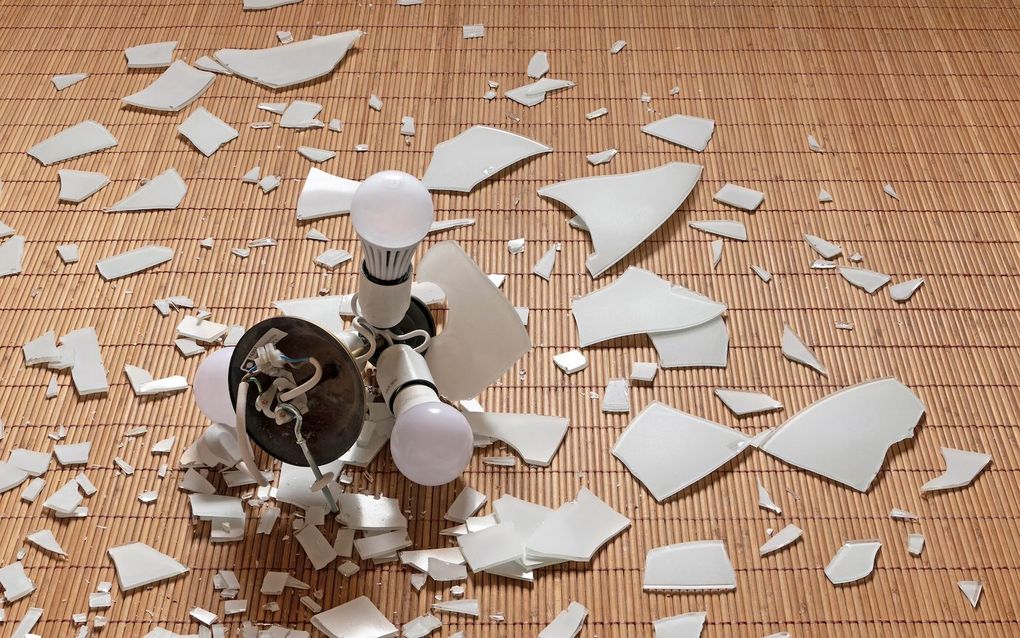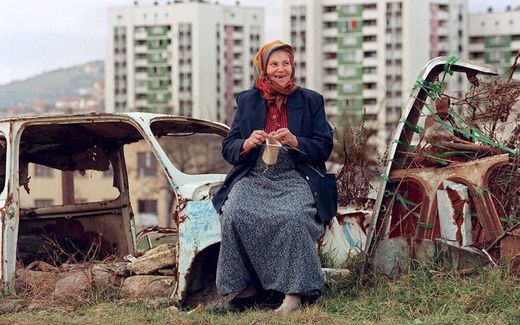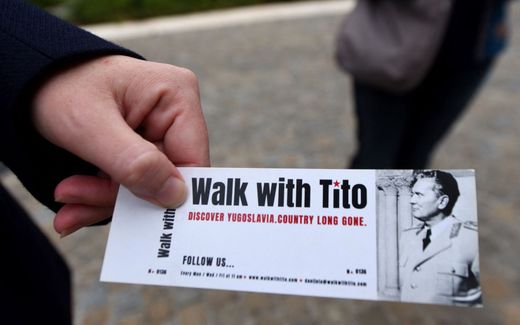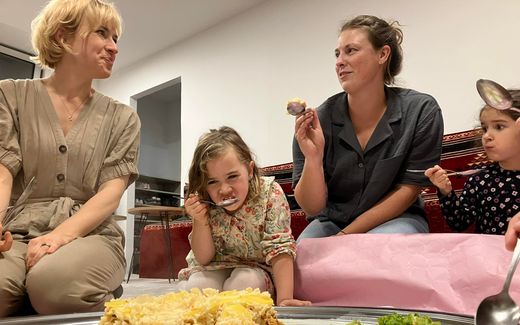Column from Sarajevo: Using a hammer is a tremendous therapy

Our lives consist of broken pieces, sometimes. Therapy can help to heal the pieces. Photo Flickr, Lisa Ann Yount
Christian Life
Most therapy is talking. And that is fine. But using a hammer can be very good as well. Ah, what a sound it gives if ceramics break, Mirela Popaja writes.
I would be an artist in a so-called other life and another dimension. I would sing traditional Bosnian music called Sevdah and use all kinds of media to express myself artistically.
But in this life, I chose the path of a therapist. Therapy is art in its own way, and I still get to honour that artsy part of myself.
For years, I wanted to dare and step into my creative side and share my interest in trauma through art.
Don’t get me wrong, I believe in talking therapy. It is such a great gift in our self-care process. But recent studies show how art therapy and bodywork are as important for healing, especially for people affected by trauma. Our bodies store memories just like our brains. And so it is vital to give our body space to say how it feels. This is where art comes in as a very effective tool and way of communication.
Hammer
Recently, I had the opportunity to dip my feet into art therapy with a group of young people from the YWAM organisation visiting Bosnia and Herzegovina.
We told the story of trauma and recovery with the old Japanese Kintsugi art. Dating from the 15th century, its name means “to join with gold”, where the broken dish pieces are highlighted with gold paint. The meaning and philosophy behind this art form is that the brokenness is not something to hide but to highlight.

As each of us took the dish and wrapped it in cloth, the time came for the other part, the hammer. There was some hesitation, worried about what would happen once the dish was broken. Others didn’t have that hesitation and went in for the full swing. The sound of breaking ceramics filled the room.
Each person was now sitting in front of a pile of broken pieces that once were joined together. We were all sitting in silence, processing these moments in life. The moments when life is hard, when we are damaged and shattered. There was an immediate need to start the repair process. Still, we can’t heal correctly if we don’t allow space for grief and lament over what happened (with that hammer) and the fact that we were whole just a minute ago.
So, we sat there in silence, allowing our bodies to feel the emotion of loss. I saw that some dishes were less broken than the others. That meant that some took less time to repair. And that is the case with all of us. We all have our pace of recovery. It takes time. And it requires patience.
I also became fully aware that some trauma and pain were too much. The hammer not only broke the pieces but crumbled them beyond recognition. And all this being made new as a piece of art did not make sense anymore. It would be far better if the hammer never touched the dish. I agree.
And this is the part I admit I struggle with and have no answer. This is beyond my human capacity to understand. I hope and pray that we all find a way to recover to the point where we see the beauty in existing in this world.
Healing
Then, it was time for repair for those who could, for the glue to fill the cracks and join the pieces back together. This part took time, as all healing does. After the pieces were united, we sanded the little parts that were no longer needed.
And then, we took the gold paint and filled each crack with it. Every damage and disfiguration was highlighted now with this rich, beautiful colour of pure gold. It was so beautiful to see this transformation. It went from a plain dish to this unique, magnificent piece of art.

I love the metaphor of kintsugi. Life is hard, and we will be damaged in the process. Some more and some less. We all have our valley of shadow of death to walk through. And the valley will change, challenge, and break us. But instead of feeling shame and guilt for the history we lived, we can choose to heal, repair the broken parts, and emphasise the very places that caused the most challenge. Those very parts are the ones that gave the most valuable lessons.
Recovery
So, as we are stepping into the New Year, my prayer and wish is to be aware of our brokenness, not to hide the cracked places but instead choose the road of healing so that once places of shame, guilt, and great sadness can become true works of art. I call this the art of recovery.
Related Articles








